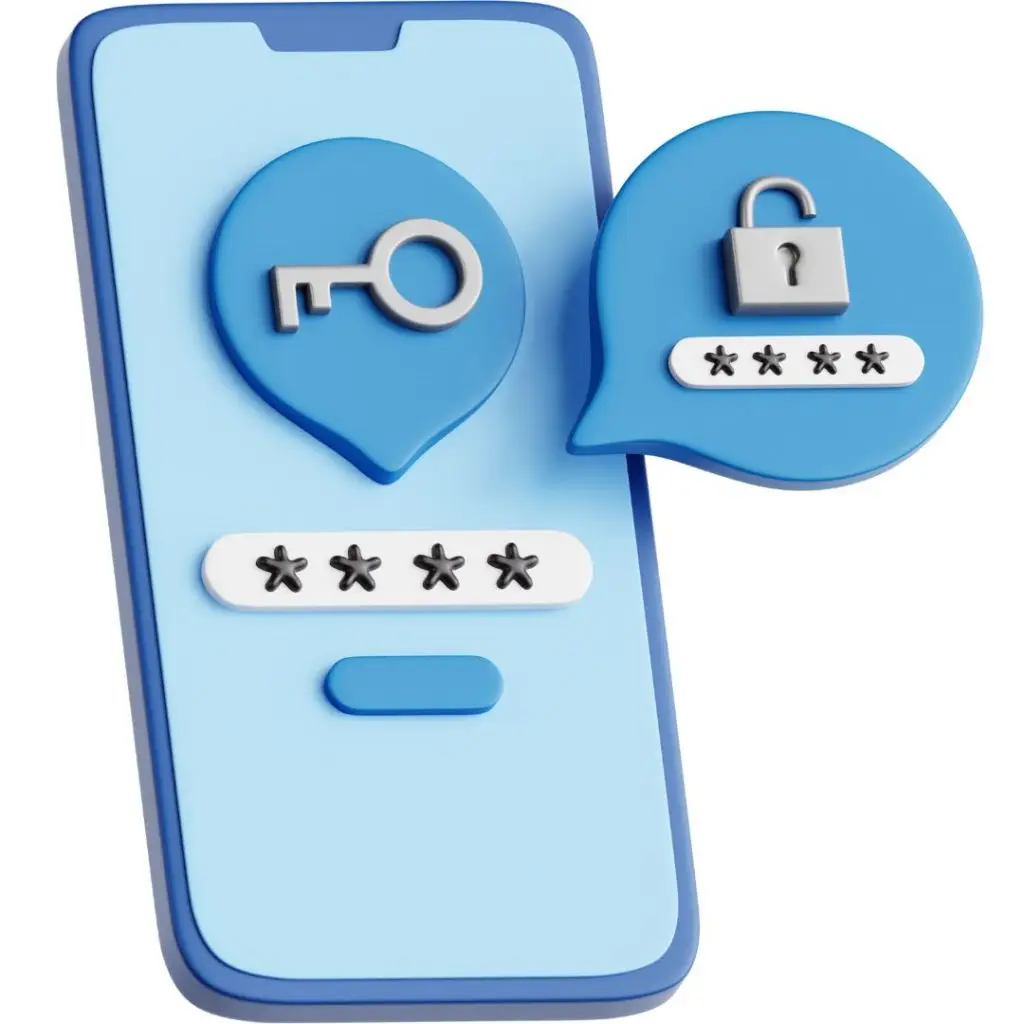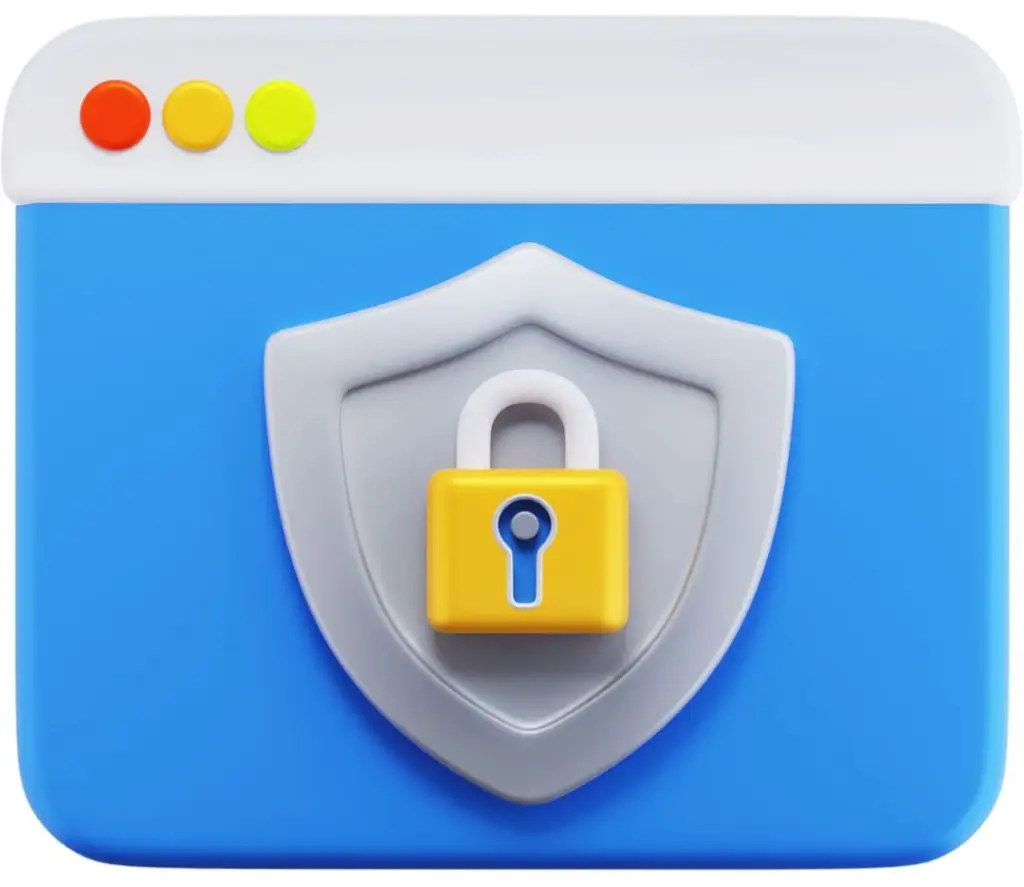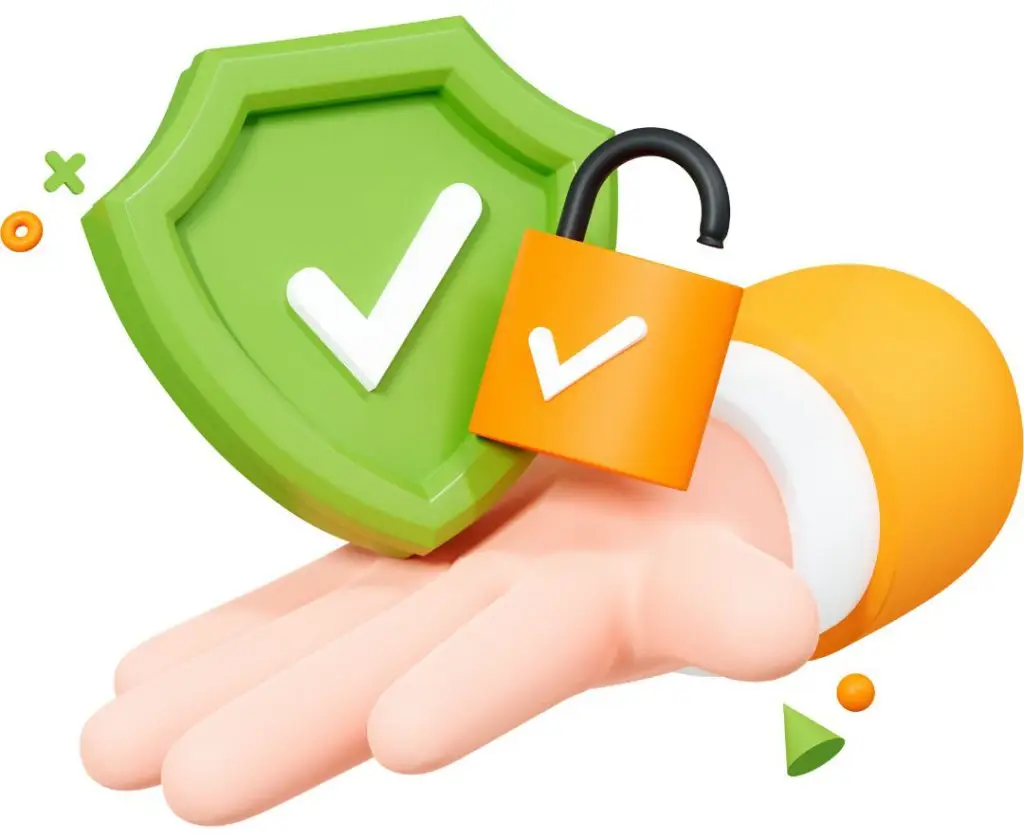In today’s digital age, internet safety is paramount for businesses. With cyber threats becoming increasingly sophisticated, it’s crucial to adopt safe browsing practices to protect sensitive data and maintain customer trust. This article outlines essential do’s and don’ts of internet usage, providing practical tips and real-life examples to help businesses enhance their online security.
Why Internet Safety Matters for Businesses

Internet safety is a critical concern for businesses of all sizes. From small startups to large corporations, every organisation faces potential cyber threats that can compromise sensitive information and disrupt operations. By following safe browsing practices, businesses can mitigate risks and ensure a secure online environment for their employees and customers.
Essential Safe Browsing Practices
DO Enable Two-Factor Authentication
Two-factor authentication (2FA) adds an extra layer of security by requiring two forms of identification before granting access. This significantly reduces the likelihood of unauthorised access, even if passwords are compromised. For instance, Google’s implementation of 2FA has helped reduce account breaches by over 99.9%, showcasing its effectiveness.

Example: Dropbox, a cloud storage company, offers 2FA to its users. By enabling this feature, Dropbox has enhanced its security, providing users with peace of mind knowing their files are protected by an additional security layer.
DO Use Antivirus Software
Reliable antivirus software protects devices from malware, viruses, and other cyber threats. Regular updates and scans are essential to keep the software effective against the latest threats. Businesses like Microsoft have invested heavily in antivirus solutions like Windows Defender, which offers robust protection and is widely used in corporate environments.

Example: A small marketing firm in Loughborough implemented antivirus software across all its devices. After encountering a phishing attack, the software detected and quarantined the malicious files, preventing a potential data breach and saving the company from significant financial loss.
DON'T Open Unknown Emails
Emails from unknown senders can often contain phishing links or malware attachments. It’s essential to verify the sender’s identity and avoid opening suspicious emails. The NHS experienced a significant cyber attack in 2017 due to a phishing email, highlighting the importance of caution when dealing with unknown senders.

Example: A local retailer in Leicestershire received an email from an unknown source with an attachment claiming to be an invoice. Instead of opening it, they reported it to their IT department, which identified it as a phishing attempt. This proactive approach prevented a potential data breach.
DO Check Privacy Settings
Regularly reviewing and adjusting privacy settings on social media and other online platforms can protect personal and business information from being exposed. Facebook, for instance, provides various privacy settings that allow users to control who can see their posts, contact them, and access their personal information.

Example: A consultancy firm in London regularly reviews its social media privacy settings to ensure that sensitive client information is not inadvertently shared. By doing so, they maintain client confidentiality and build trust with their audience.
DON'T Download Unverified Files
Downloading files from untrusted sources can introduce malware and viruses to your system. Always verify the source and ensure it’s reputable before downloading any files. The WannaCry ransomware attack in 2017, which affected thousands of businesses worldwide, was a stark reminder of the dangers of downloading unverified files.

Example: A software development company in Birmingham implemented strict policies requiring employees to download files only from verified sources. This policy helped prevent potential malware infections, ensuring their development environment remained secure.
Conclusion
In an increasingly digital world, safe browsing practices are essential for businesses to protect their data and maintain operational integrity. By enabling two-factor authentication, using antivirus software, avoiding unknown emails, checking privacy settings, and downloading files only from trusted sources, businesses can significantly reduce their risk of cyber threats.
Value Addition
By following these practical tips, businesses can enhance their internet safety and protect themselves from potential cyber attacks. Implementing these strategies requires a proactive approach, regular updates, and employee education. Businesses should also stay informed about the latest cyber threats and continually adapt their security measures to stay one step ahead.

Adopting these safe browsing practices not only safeguards sensitive information but also fosters a culture of security awareness within the organisation. This, in turn, builds trust with clients and customers, reinforcing the business’s reputation as a reliable and secure entity.





